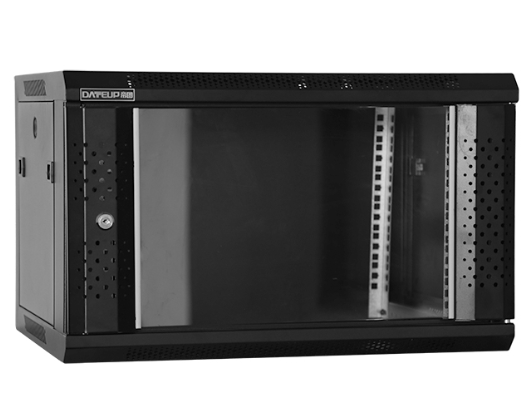News
Site Editor
 Site
https://leonetworkgroup.usa18.wondercdn.com/uploads/image/5fe152faa587d.png
Fiber optic cables are widely used in various communication networks due to their ability to transmit data at high speeds and over long distances without signal degradation. Testing these cables is crucial to ensure that they are functioning optimally and continue to provide reliable communication. In this article, we will discuss the steps involved in testing fiber optic cables.Step 1: Cleaning t
Site
https://leonetworkgroup.usa18.wondercdn.com/uploads/image/5fe152faa587d.png
Fiber optic cables are widely used in various communication networks due to their ability to transmit data at high speeds and over long distances without signal degradation. Testing these cables is crucial to ensure that they are functioning optimally and continue to provide reliable communication. In this article, we will discuss the steps involved in testing fiber optic cables.Step 1: Cleaning t
How To Test Fiber Optic Cable
Views: 423
Author: Site Editor
Publish Time: 2023-06-30
Origin: Site
Fiber optic cables are widely used in various communication networks due to their ability to transmit data at high speeds and over long distances without signal degradation. Testing these cables is crucial to ensure that they are functioning optimally and continue to provide reliable communication. In this article, we will discuss the steps involved in testing fiber optic cables.
Step 1: Cleaning the ends of the cable
Before testing the fiber optic cable, it is crucial to clean both ends thoroughly to avoid any contamination. Any dirt or debris on the ends of the cables can interfere with the signals being transmitted, leading to inaccurate test results.
Step 2: Connect the cable to the testing equipment
The next step is to connect the fiber optic cable to the testing equipment. This includes an optical tester, which is used to analyze the light signal transmitted through the cable, and a power meter, which measures the intensity of the light signal.
Step 3: Conduct visual inspection
Once the cable is connected to the testing equipment, a visual inspection is conducted to check for any visible defects such as cracks, bends, or breaks in the cable, which can affect the transmission of signals. The cable is also checked for any deformities such as twists or sharp bends.
Step 4: Conducting an optical loss test
The optical loss test measures the amount of light loss that occurs as the signal travels through the fiber optic cable. The optical tester sends a light signal through one end of the cable, and the power meter measures the intensity of the signal as it leaves the other end. Any decrease in the power of the signal indicates signal loss. The results of the test are expressed in decibels (dB).
Step 5: Conducting an end-to-end test
The end-to-end test measures the attenuation of the fiber optic cable along its entire length. During this test, the optical tester sends a signal through the cable and measures the signal strength at several points along the length of the cable. The power meter measures the intensity of the signal, and any significant differences in signal strength between the measurement points indicate a potential fault in the cable.
Step 6: Conducting a cable continuity test
The continuity test is conducted to verify that the fiber optic cable is unbroken and there are no open circuits in it. During this test, the optical tester sends a light signal through the cable, and if it is received at the other end, it indicates the continuity of the cable.
Conclusion
Testing fiber optic cables is a crucial component in ensuring the smooth functioning of communication networks. By conducting visual inspections, end-to-end tests, optical loss tests, and continuity tests, any defects in the cable can be detected and rectified before they cause any major disruptions. Regular testing is essential to ensure optimal performance and to identify any potential issues quickly.
If you want to know more about industrial network cabinet,china fiber optic splice closure,china fiber optic distribution box,please consult the fiber optic splice closure factory









